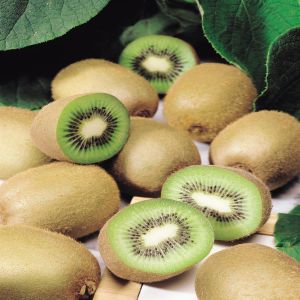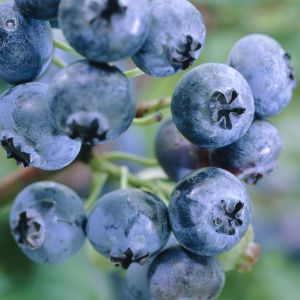Lonicera caerulea Morena 9 cm pot
- 1 x Lonicera caerulea Morena 9 cm pot
| Botanical name | Lonicera caerulea Morena |
|---|---|
| Free Shipping | No |
| Category | Other |
| Delivered as | Pot plant |
| Qty | 1x |
| Flowers | Yes |
| Flower period | Early Spring |
| Fragrant | No |
| Cutflowers | No |
| Fruits | No |
| Edible | No |
| Location | Sunny |
| Hardy | Yes |
| Groundcovering | No |
| Naturalizing | No |
| Preferred Soil | Any soil |
| Full grown height | 125cm - 150cm |
| Poisonous | No |
| Plant pot size | Ø 9cm |
| Size | 20-30cm |
How to take care of Lonicera caerulea Morena 9 cm pot
A well-drained soil that is rich in organic matter is ideal. They do not mind acidic or alkaline soil. Once established a yearly application of a balanced fertiliser such as blood, fish and bone in the spring is all they need. Too much feed will produce lots of lush green growth at the expense of flowers and fruit. Young plants only need dead material removed for the first three years while they get established. Thereafter prune in early to mid-summer after harvesting by removing and straggly weak or damaged growth. Overcrowded shoots should be thinned out – remove a number down to the base this will encourage the growth of new strong shoots to replace the old. To encourage more flowering laterals, remove the tips of young shoots. Honeyberries are extremely hardy and have excellent drought resistance once established. They are self-fertile but planting them in close proximity to another will improve pollination and increase your crop. Easily propagated by seed or by cutting.












